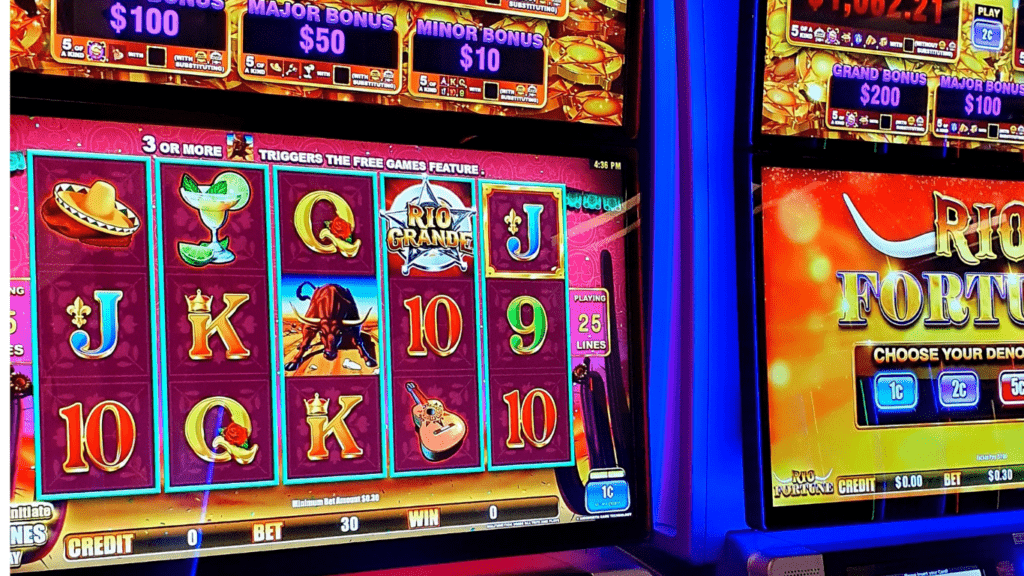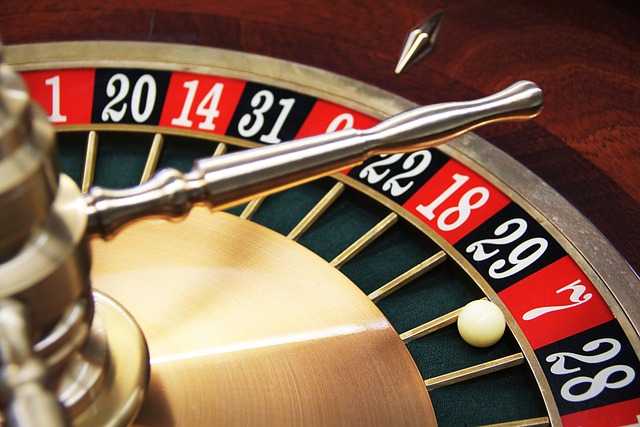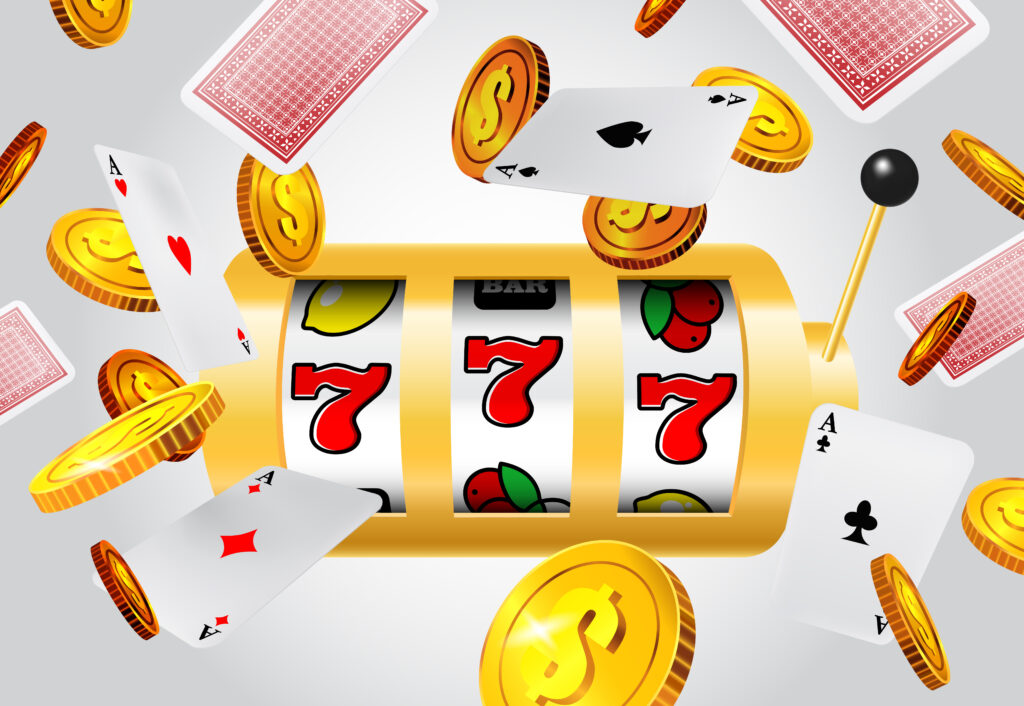Understanding Near Misses in Slot Machines
Near misses in slot machines are designed to elicit strong emotional responses from players, keeping them immersed in the game.
What Is a Near Miss?
A near miss occurs when a spin results in a combination that is just short of a winning one. For example, if two out of three symbols align, it’s a near miss.
This design is not accidental; it’s a deliberate feature in the slot machine’s programming.
Research from Harrigan et al. (2009) shows that near misses are as frequent as actual wins in many slot machines, intensifying player engagement.
Psychological Impact of Near Misses
Near misses trigger unique cognitive reactions. Although they result in a loss, the brain perceives them similarly to wins.
Clark et al. (2009) found that near misses activate similar areas of the brain as wins do, particularly the reward system.
This activation increases adrenaline, making players feel compelled to continue. The proximity to a win causes players to interpret their loss as a sign they are close to winning, encouraging repetitive play.
The Brain’s Response to Near Misses
When engaging with slot machines, near misses activate critical areas of the brain that influence emotions and decision-making.
Dopamine and Reward Pathways
Near misses result in a surge of dopamine, the neurotransmitter involved in reward and pleasure.
Research indicates that these near-win scenarios stimulate the striatum and prefrontal cortex, regions linked to anticipation and reward processing.
As players experience a near miss, their brains release almost the same amount of dopamine as they would during an actual win.
This similarity intensifies the desire to continue playing, driven by the anticipation of a future reward.
Similarities to Winning

Near misses mimic the feelings associated with winning.
- Functional magnetic resonance imaging (fMRI) studies show that both wins and near misses activate the same reward-related brain areas, such as the ventral striatum.
- Overlapping neural responses explain why players often feel encouraged to keep playing even after not securing a win.
- The brain’s reward system doesn’t distinguish sharply between a win and a near miss, causing both to have almost identical psychological impacts.
By understanding these neural mechanisms, one can recognize why casinos design games to exploit these responses and maintain player engagement.
Near Misses as a Game Feature
Slot machine developers intentionally design near misses to increase player engagement. These almost-win outcomes are not random; they’re purposefully integrated into the game.
Intentional Design by Developers
Game developers create algorithms to produce near misses frequently.
Unlike actual wins, near misses give players a sense of almost achieving success. This feeling keeps them motivated to continue and try again.
Researchers at the University of Cambridge found that these near-miss outcomes stimulate reward-related brain regions just like wins. By triggering these brain areas, developers ensure players remain engaged longer.
Legal and Ethical Considerations
Legal frameworks surrounding slot machines often permit the integration of near misses. However, ethical concerns arise due to the psychological impact on players.
Regulators focus on transparency to protect consumers from potential exploitation. In some jurisdictions, there are strict regulations to ensure fairness, while in others, the control measures are minimal.
Understanding these legal and ethical dimensions highlights the need for balanced regulation in the gaming industry.
Effects on Player Behavior
Near misses influence player behavior by compelling continued engagement and increasing the risk of addiction.
Encouragement to Continue Playing
Near misses create a powerful urge to keep playing. These almost-win scenarios make players feel they are on the verge of winning.
Near misses release dopamine such as:
- Fostering excitement
- False sense of control
When players experience near misses, they are more likely to insert more money and keep engaging with the game.
Studies indicate players often misjudge their odds of winning following a near miss, reinforcing the desire to keep playing.
Risk of Gambling Addiction
Near misses increase the risk of gambling addiction. By mimicking actual wins, they instill a persistent hope that fuels compulsive behavior.
Repeated exposure to near misses can lead to problem gambling, with individuals chasing the elusive win.
Research has shown that near misses ignite the same brain regions as real wins, reinforcing addictive behavior patterns.
Regulators consider the ethical implications due to the potential for exploitation and addiction exacerbation.




